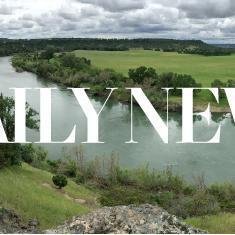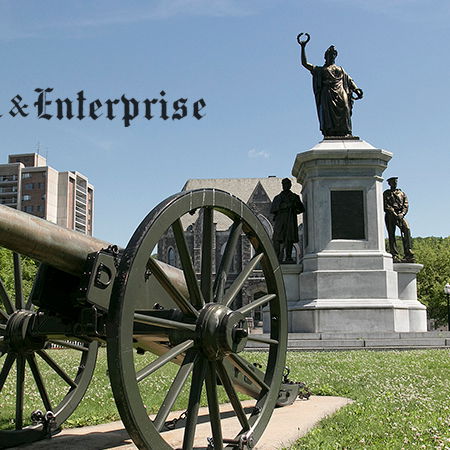Louisiana Gov. Jeff Landry signed legislation that makes it a crime to knowingly approach within 25 feet of a police officer. An individual cannot approach an officer when they are “engaged in law enforcement duties” and the officer has ordered the person to stay back.
Buffer zone or First Amendment infringement?
Proponents of the new law argue that it creates a buffer zone to help ensure the safety of officers. By maintaining a distance of 25 feet, they believe officers can focus on their duties without unnecessary distractions or potential threats.
“I think you see across America that violence on police officers continues to rise and there was a delicate balance of finding a safe distance for police officers to be able to do their job both for them and the person they are affecting an arrest on,” Rep. Bryan Fontenot, the bill’s author, said at the signing.
However, opponents fear that the measure could hinder the public’s ability to film officers and exercise their First Amendment rights. The state tried passing similar legislation last year, but the democratic governor at the time vetoed it.
“Each of us has a constitutional right to freely observe public servants as they function in public and within the course and scope of their official duties,” Former Gov. John Bel Edwards said in last year’s veto message. “Observations of law enforcement, whether by witnesses to an incident with officers, individuals interacting with officers, or members of the press, are invaluable in promoting transparency.”
While the legislation’s language does not specifically mention filming, critics said that by default, it would limit how close a person can be to observe police interactions. Bystander cellphone videos have played a crucial role in revealing police misconduct, such as the 2020 arrest of George Floyd by Minneapolis officers that led to his death.
Legal implications
Under the new law, anyone who is convicted of “knowingly or intentionally” approaching an officer, who is “lawfully engaged in the execution of his official duties,”after being ordered to “stop approaching or retreat,” faces up to a $500 fine, 60 days in jail, or both. The law, signed by Landry, a Republican, will go into effect on Aug. 1.
Mixed court rulings
In a similar case, lawmakers in Arizona passed a law in 2022 that would have made it illegal to knowingly film police officers within 8 feet if the officer tells the person to stop. However, a coalition of media groups and the American Civil Liberties Union successfully sued to block Arizona’s law. A federal judge ruled the law unconstitutional, citing infringement against the clearly established right to film police officers performing their duties.
Across the United States, half of the appeals courts have ruled in favor of allowing people to record police without restriction while others ruled it does not infringe on civil liberties.




























